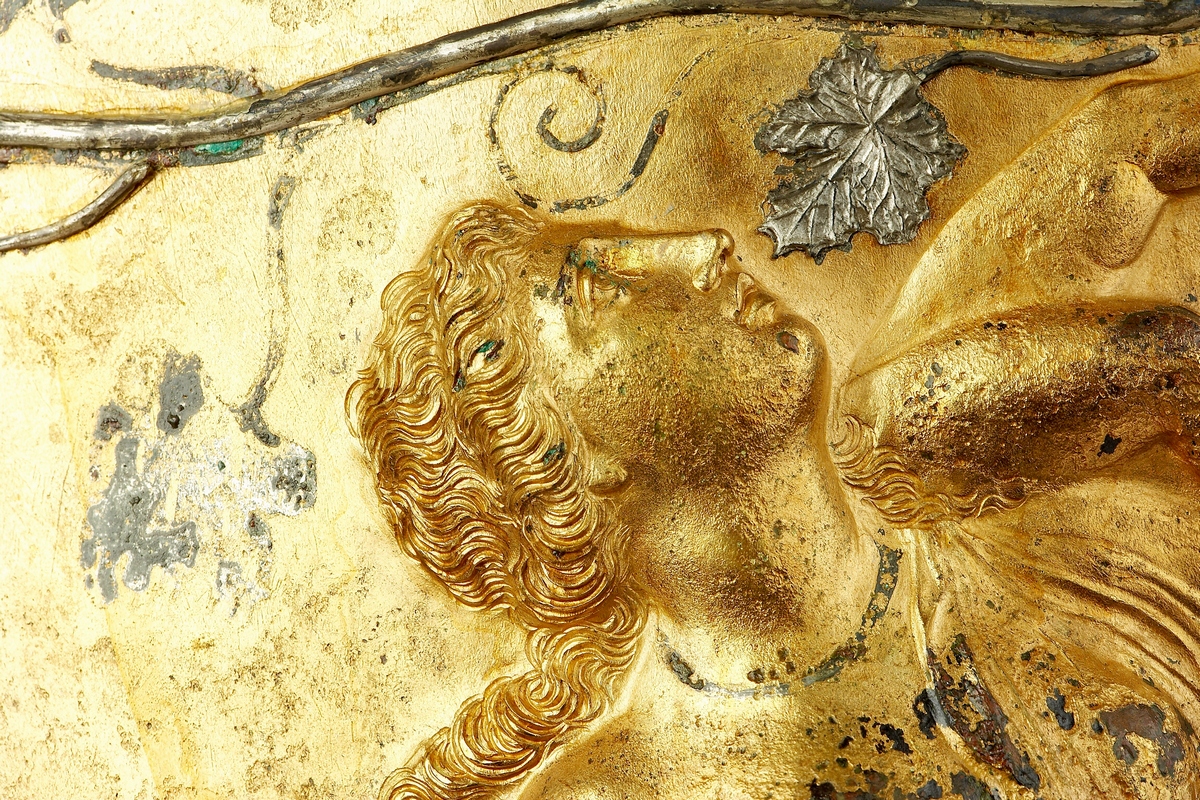
The history of winemaking in Greece will be included to the Council of Europe’s Cultural Route known as Iter Vitis – Les Chemins de la vigne, thanks to the recent addition of the Archaeological Museum of Thessaloniki to the program.
Founded in 1987, Cultural Routes highlight varied aspects of shared European heritage, tangible or intangible, while Iter Vitis, introduced in 2009, focuses particularly on the origins and traditions of winemaking in the continent.
An integral part of the European and Mediterranean culture through the centuries, winemaking had a prominent place in the everyday life of ancient Greeks, as witnessed by archaeological finds.
Wine and winemaking in ancient Greece
The collections of the Archaeological Museum of Thessaloniki -the largest museum in northern Greece- include several artifacts which reflect the importance of the production and consumption of wine in ancient Greece, as well as the dissemination of the cultural value of wine drinking in the context of banquets (symposia) during antiquity.
Among those artifacts are the famous Crater of Derveni and Attic sarcophagi with representations of harvest, alongside a multitude of vessels for the serving, storing, and transport of wine.
An exquisite exhibit of the museum is the mosaic floor with a Dionysian scene unearthed from excavations at a luxurious ancient Greek house in Thessaloniki.
It depicts the arrival of Dionysus, the ancient Greek god of winemaking and festivity, to the island of Naxos, where he meets sleeping princess Ariadne.

A statue of Dionysus at a young age is also among the museum’s sculptures linked to winemaking.
The Greek origin of banquets as social practice
The symposium, a type of banquet centered around the consumption of wine, was one of the key features of ancient Greek culture.
It was spread by the Greeks throughout the Mediterranean from the middle of the 8th century b.C..
Eventually, it developed into a fundamental social practice that reflected the interaction of family and society members at different stages of their lives through which individual and collective identities were formed.
At the same time, it was integrated into a multitude of religious and cultic practices of the Greek culture.
Following the inclusion of the Archaeological Museum of Thessaloniki to Iter Vitis, actions related to the topic of the program will be organised for the public.
See all the latest news from Greece and the world at Greekreporter.com. Contact our newsroom to report an update or send your story, photos and videos. Follow GR on Google News and subscribe here to our daily email!



